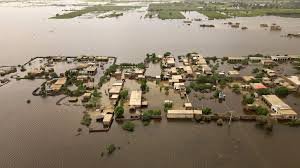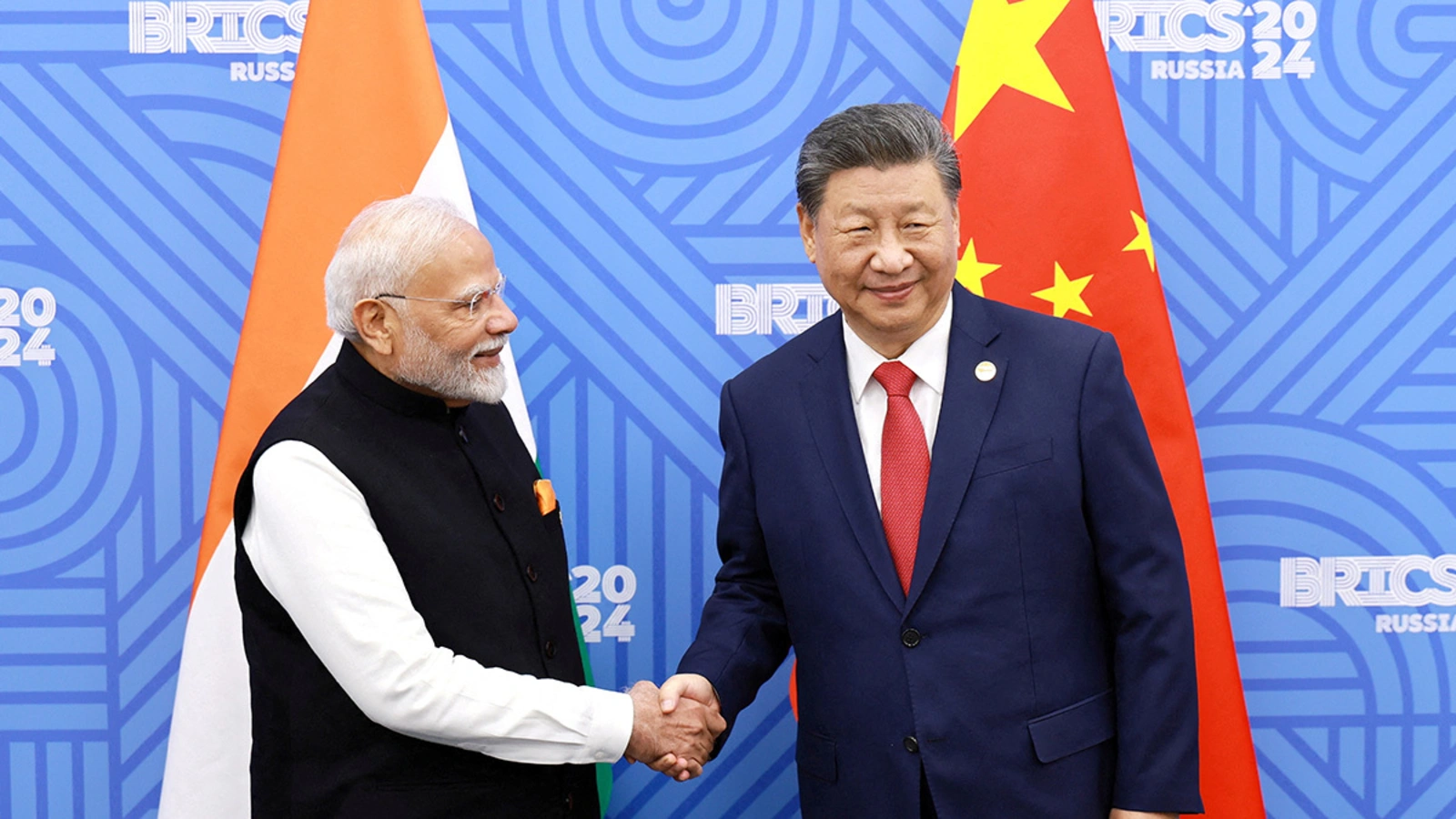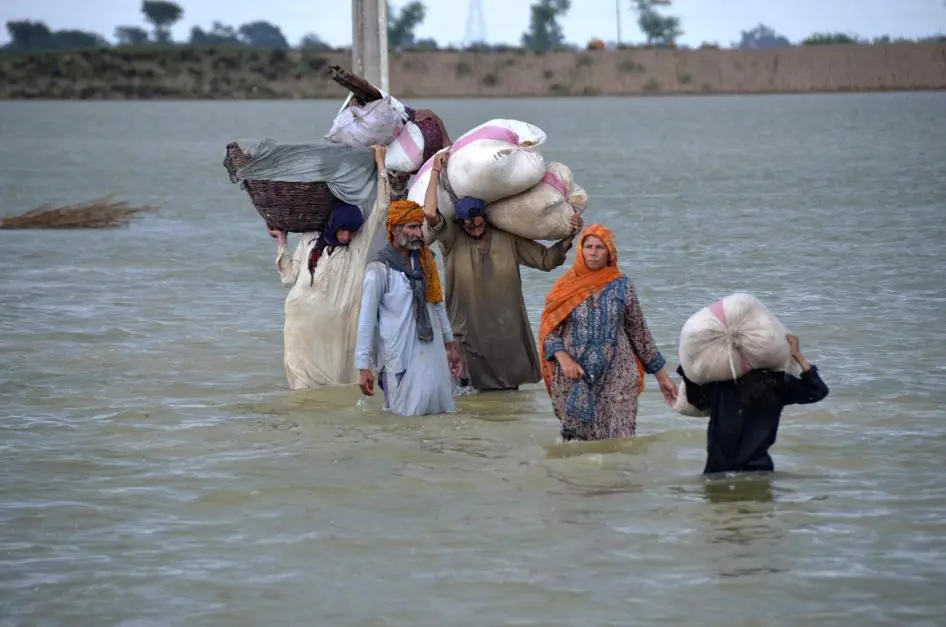Lahore has slipped to second place in the global pollution rankings after New Delhi overtook it as the world’s most polluted city on Wednesday. Both cities are grappling with dense smog, severely impacting air quality in the region.
As of 8 AM, Lahore’s Air Quality Index (AQI) stood at 393, while New Delhi’s AQI reached a hazardous 721, according to live data from the Swiss-based air quality monitor IQAir. These dangerously high AQI levels signal severe pollution, with both cities enduring extended periods of toxic smog.
The worsening air quality is causing significant health risks. In Lahore, other major cities like Multan, Faisalabad, and Gujranwala are also struggling with severe pollution, forcing the closure of schools and a ban on outdoor activities until November 17. The closure order was later extended to five more districts in Punjab, including DG Khan, Bahawalpur, and Sargodha, to protect children from the harmful effects of pollution, particularly during morning hours when pollution levels peak.
The provincial Environmental Protection Agency attributed the closures to a sharp rise in patients suffering from lung and respiratory issues, allergies, and eye and throat irritation. Multan, located around 350 kilometers from Lahore, has been the hardest-hit, with the AQI surpassing 2,000 last week—a staggering level that shocked residents. An AQI of 300 or higher is classified as “hazardous” to health, and Pakistan has often seen AQI readings above 1,000.
In Peshawar, the capital of Khyber Pakhtunkhwa, the air quality has slightly improved, with the AQI recorded at 187, but the region is still under a blanket of smog. The ongoing pollution crisis has led to a rise in respiratory issues and other health concerns, with authorities advising residents to stay indoors, keep windows and doors shut, and wear masks when going outside.
The persistent smog is also causing widespread traffic disruptions, with some inter-provincial motorways closed due to low visibility and several accidents linked to poor air quality. Recently, a bus and car collision in Kamalia, Punjab, left one person dead and three others injured.
The toxic smog in Punjab is caused by a mix of vehicle emissions, industrial pollution, and the burning of agricultural stubble. The cooler temperatures and stagnant winds trap these pollutants, exacerbating the air quality crisis. The World Health Organization (WHO) has warned that prolonged exposure to such polluted air can lead to strokes, heart disease, lung cancer, and other respiratory problems, particularly harming children, the elderly, and babies.
To tackle the crisis, the Punjab government has banned outdoor activities such as sports events, festivals, and dining at restaurants in Lahore and other affected districts. However, religious events are exempt from these restrictions. Essential businesses like pharmacies and food outlets have also been allowed to remain open later than other establishments.
UNICEF has called for stronger action to reduce pollution and protect children’s health, noting that over 11 million children under the age of five are at risk due to the hazardous air. Last year, the Punjab government experimented with artificial rain and, more recently, water-cannon trucks to clear the streets, but these efforts have had little effect.
The government has also blamed pollution blowing in from India, where northern regions are facing similar air quality issues. Pakistan plans to raise this matter with India through diplomatic channels to address the cross-border pollution problem.














